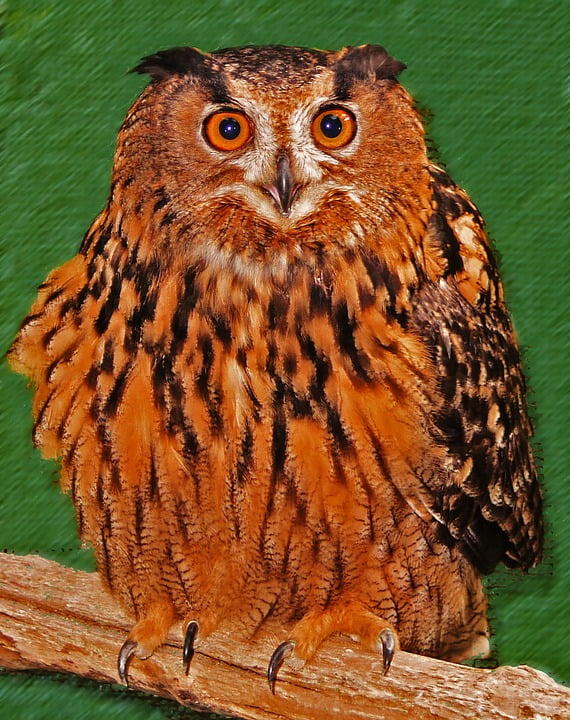
In fact, the Snowy Owl, Great Gray Owl, Northern Hawk Owl and Short-eared Owl are often active during daylight. Owls are specially adapted for life in the dark, but let me get something out of the way first: not all of the owls in the list above are active only at night. Hopefully you can finish the list for yourself while exploring Ontario Parks! Owls only come out at night, right? Snowy Owl. In my years of birding, I’ve been rewarded with sightings of every Ontario species except for one…the Barn Owl, so it’s at the top of my list of species to see in the wild in Ontario. One other species is known from the province, but is believed to be an accidental visitor: the Burrowing Owl – Athene cunicularia.
 Northern Saw-whet Owl – Aegolius acadicus. Combining these two groups, there are eleven species of owl known to occur in the province, namely: There are two groups of owls in Ontario – typical owls or strigidae and the barn owls or tytonidae. How many owls live in Ontario? Northern saw-whet owl Across Ontario, our provincial parks offer a myriad of habitats that owls frequent – careful observers can be rewarded with stunning encounters with these nocturnal marvels. With a little effort, however, you can be rewarded with once-in-a-lifetime experiences with owls. Many, but not all, are nocturnal and they are generally shy and reclusive. You have to work hard to find owls given that they are usually solitary hunters and most do not roost together in communal groups. My dad was the main reason I began bird-watching, and he and I spent many hours in search of another species for our lists.įrom the start, I was always fascinated by owls and to this day they are, hands-down, my favourite group of birds. I’ve been bird watching since the age of six.
Northern Saw-whet Owl – Aegolius acadicus. Combining these two groups, there are eleven species of owl known to occur in the province, namely: There are two groups of owls in Ontario – typical owls or strigidae and the barn owls or tytonidae. How many owls live in Ontario? Northern saw-whet owl Across Ontario, our provincial parks offer a myriad of habitats that owls frequent – careful observers can be rewarded with stunning encounters with these nocturnal marvels. With a little effort, however, you can be rewarded with once-in-a-lifetime experiences with owls. Many, but not all, are nocturnal and they are generally shy and reclusive. You have to work hard to find owls given that they are usually solitary hunters and most do not roost together in communal groups. My dad was the main reason I began bird-watching, and he and I spent many hours in search of another species for our lists.įrom the start, I was always fascinated by owls and to this day they are, hands-down, my favourite group of birds. I’ve been bird watching since the age of six. 

Today’s post is from Alistair MacKenzie, our Natural Heritage Education & Resource Management Supervisor at Pinery Provincial Park.







 0 kommentar(er)
0 kommentar(er)
